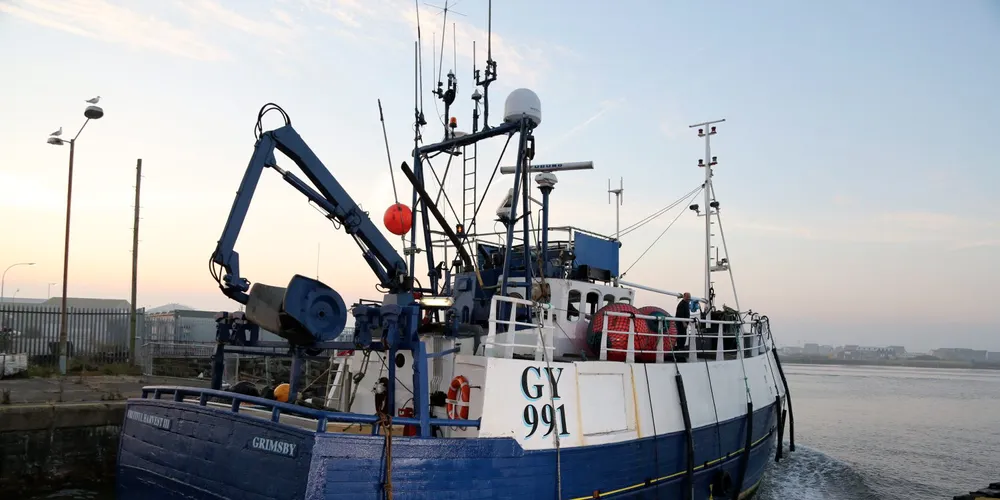Humber Seafood Summit 2014 Blog: Top tips for breaking into China
IntraFish heads to Grimsby for this year's edition of the Humber Seafood Summit. Follow our blog for full coverage of the event.

IntraFish heads to Grimsby for this year's edition of the Humber Seafood Summit. Follow our blog for full coverage of the event.
